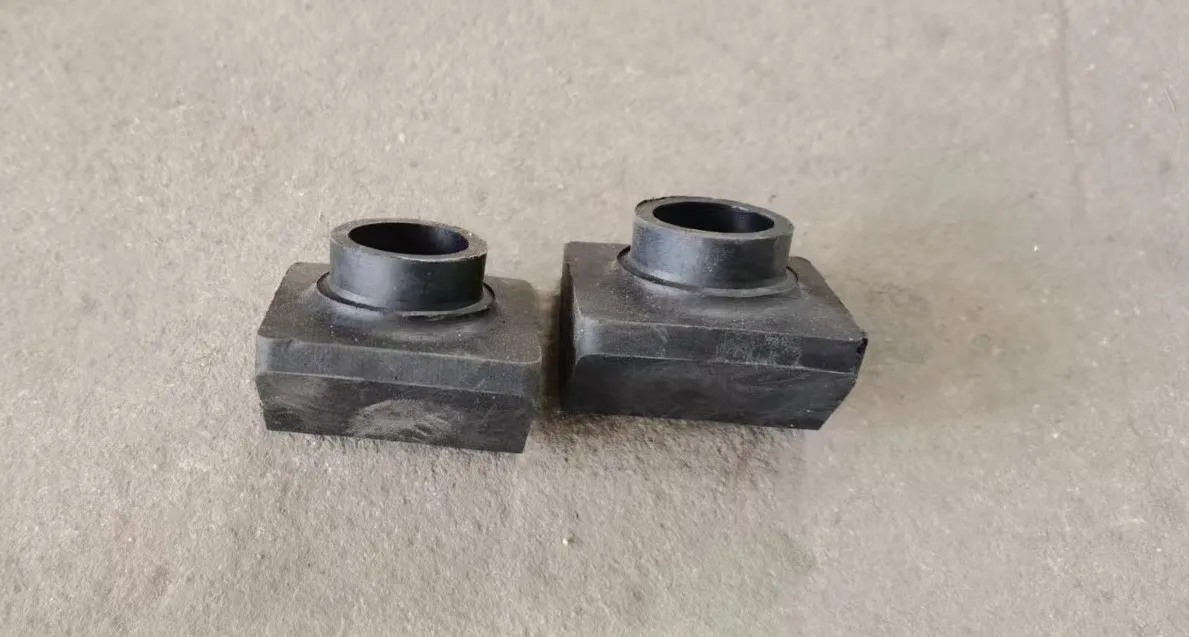loading...
- No. 9, Xingyuan South Street, Dongwaihuan Road, Zaoqiang County, Hengshui, Hebei, China
- admin@zjcomposites.com
- +86 15097380338
- Welcome to visit our website!
Effective Solutions for Treating Well Water Contaminants and Ensuring Safe Drinking Water
Water Treatment Systems for Well Water Ensuring Safe Drinking Water
Well water serves as a primary source of hydration for millions worldwide, particularly in rural areas. However, the quality of this water is not always guaranteed, and it often contains a variety of contaminants that can pose health risks. To ensure that well water is safe to drink, effective water treatment systems are essential. This article will explore the various treatment systems available, their importance, and how they work to purify well water.
Understanding the Importance of Water Treatment
The primary purpose of water treatment is to remove harmful contaminants from drinking water. Well water may be affected by several factors, including agricultural runoff, industrial waste, and naturally occurring minerals. Common contaminants found in well water include bacteria, nitrates, heavy metals, and volatile organic compounds (VOCs). Consuming contaminated water can lead to serious health issues, ranging from gastrointestinal illnesses to long-term diseases.
Due to these risks, it is crucial to regularly test well water for contaminants. Once the specific impurities are identified, appropriate water treatment options can be selected to ensure the water is safe for consumption.
Types of Water Treatment Systems
1. Filtration Systems Filtration is one of the most common methods used to treat well water. Various filters, such as sediment filters, activated carbon filters, and reverse osmosis systems, can effectively remove contaminants. Sediment filters capture larger particles like sand and silt, while activated carbon filters reduce chlorine, VOCs, and bad tastes and odors. Reverse osmosis systems are particularly effective in removing dissolved solids, heavy metals, and certain bacteria.
2. Disinfection Systems After filtering, disinfecting the water is essential to eliminate pathogens. Chlorination, UV (ultraviolet) light treatment, and ozone treatment are popular methods. Chlorination involves adding chlorine to kill microbes, while UV light systems use short wavelengths to destroy bacteria and viruses. Ozone treatment introduces ozone gas into the water, which rapidly oxidizes and disinfects.
3. Water Softeners Hard water, which contains high levels of calcium and magnesium, can cause scale buildup in plumbing and appliances. A water softener uses a process called ion exchange to replace these minerals with sodium ions, thus softening the water. This system not only improves water quality but also extends the lifespan of plumbing fixtures and appliances.
water treatment systems for well water

4. Iron and Manganese Removal Systems Well water often contains high levels of iron and manganese, which can stain laundry, plumbing, and fixtures. Specialized filtration systems using oxidation methods can remove these minerals effectively, ensuring clean and clear water.
5. Nitrate Reduction Systems Nitrate contamination is a prevalent issue in agricultural areas due to fertilizer runoff. Ion exchange and reverse osmosis systems are commonly employed to reduce nitrate levels, making the water safe for consumption.
Choosing the Right System
When selecting a water treatment system for well water, several factors must be considered, including the specific contaminants present, the volume of water needed, and budget constraints. It is advisable to consult with a water treatment professional who can assess the water quality and recommend the most effective treatment options.
Maintenance of Water Treatment Systems
Simply installing a water treatment system is not enough; regular maintenance is crucial for it to operate effectively. Routine testing of the water, replacing filters, and servicing the equipment will ensure that the system continues to function optimally. Homeowners should also keep an eye on any changes in water quality, such as taste, color, or odor, which may indicate the need for immediate action.
Conclusion
Access to clean, safe drinking water is fundamental for health and well-being. Water treatment systems for well water play a critical role in providing this essential resource. By understanding the types of systems available and their functions, homeowners can make informed decisions to ensure their well water is safe and healthy for their families. Regular testing, proper maintenance, and timely upgrades to treatment systems can safeguard water quality for years to come.
-
GRP Structures: The Future of Lightweight, High-Performance EngineeringNewsJun.20,2025
-
FRP Water Tank: High-Performance Storage for Corrosive and Clean Water SystemsNewsJun.20,2025
-
FRP Square Tube: The New Industry Standard for Chemical and Structural ApplicationsNewsJun.20,2025
-
FRP Pultruded Profiles: The Ultimate Choice for Lightweight Structural StrengthNewsJun.20,2025
-
FRP Handrails: The Safer, Smarter, and Stronger Choice for Modern InfrastructureNewsJun.20,2025
-
FRP Grating: The Smart Solution for Durable, Lightweight Industrial FlooringNewsJun.20,2025
-
Why Choose a Galvanized Water Tank for Your Storage NeedsNewsMay.21,2025
